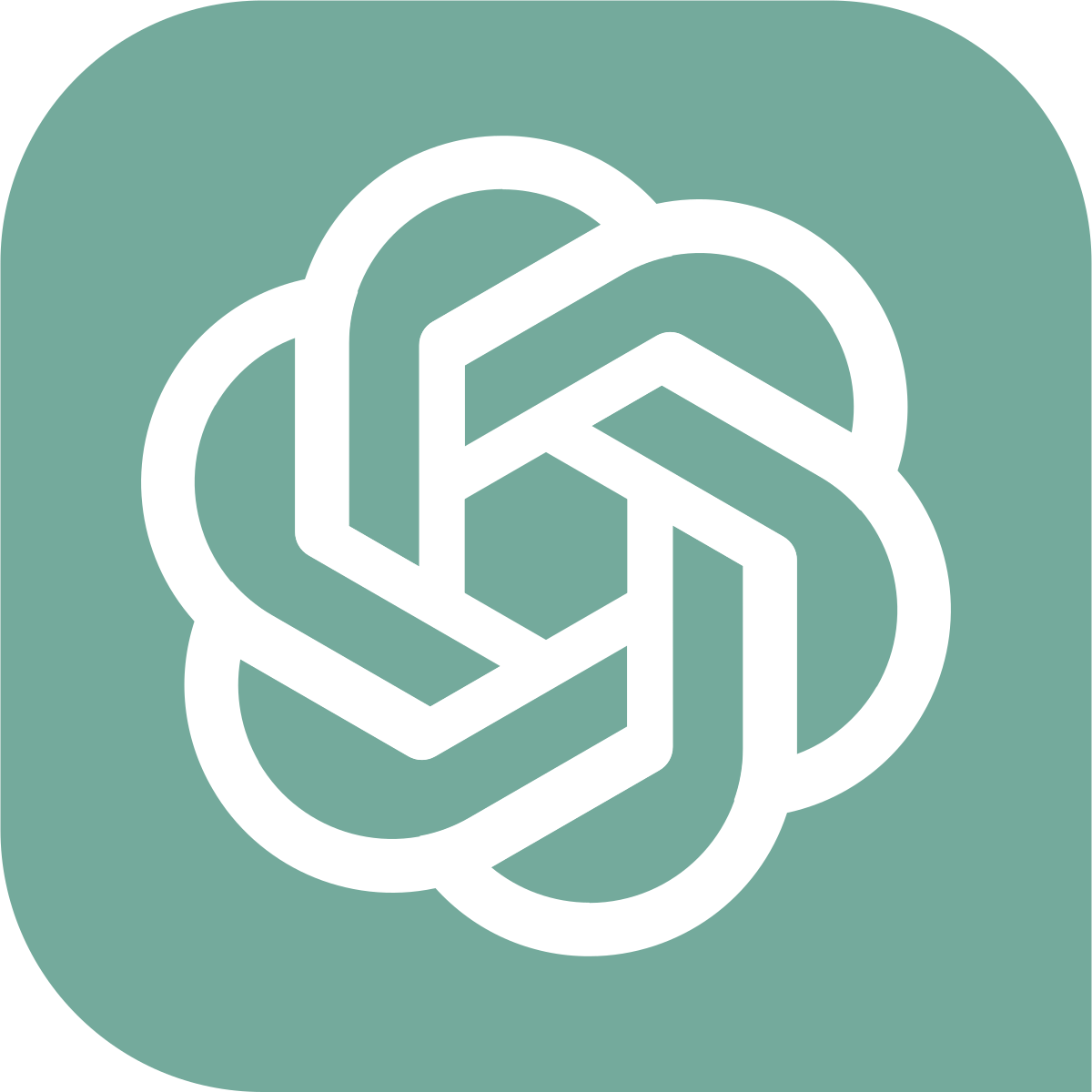TODO: Translate to English
Im Laufe der Jahre weisen die Benennung und Semantik in HTML teilweise große Unterschieden auf. Aufgrund der Abwärtskompatibilität von HTML sind Korrekturen und Änderungen nur äußerst schwierig umzusetzen. Diese Situation hat zu unzähligen Best Practices und How-to's geführt, die versuchen, auf unterschiedliche Weise ähnliche Anforderungen umzusetzen. Angesichts des wachsenden Bewusstseins für Barrierefreiheit und den damit verbundenen gesetzlichen Anforderungen gewinnt die Semantik jedoch eine immense Bedeutung. Hier kommt KoliBri ins Spiel, indem es einen barrierefreien Webcomponent-Standard auf HTML schafft und gleichzeitig für eine einheitlichere und somit leicht erlernbare Verwendung sorgt.
Einheitliche Property-Namen
Die Verwendung eines einzigen Property-Namens für gleichartige Eigenschaften ist ein wichtiger Grundsatz, der die Konsistenz in der Entwicklung fördert. Durch die einheitliche Benennung wird vermieden, dass Entwickler:innen nach unterschiedlichen Bezeichnungen für ähnliche Eigenschaften suchen müssen. Dies erhöht die Effizienz und die Erlernbarkeit des Codes erheblich.
Einheitliche Beschreibungen
Wenn möglich, sollen gleiche Property-Namen auch einheitliche Beschreibungen haben. Klar formulierte und konsistente Beschreibungen erleichtern es Entwickler:innen, die Funktionalität einer Eigenschaft zu verstehen und richtig einzusetzen. Durch die Verwendung einheitlicher Beschreibungen wird die Dokumentation vereinfacht und die Fehleranfälligkeit reduziert.
Einheitliche Typen
Ähnlich wie bei den Beschreibungen ist es wünschenswert, dass gleiche Property-Namen auch einheitliche Typen haben, sofern dies möglich ist. Einheitliche Typen erleichtern die Verwendung und das Verständnis der Eigenschaften und tragen zur einheitlichen Handhabung bei.
Minimierung der Unterschiede
Um die Komplexität zu reduzieren und die Erlernbarkeit zu verbessern, ist es wichtig, die Anzahl der unterschiedlichen Eigenschaften, Beschreibungen und Typen zu minimieren. Durch eine bewusste Entscheidung, nur die notwendigen und relevanten Eigenschaften zu definieren, wird der Entwicklungsprozess schlanker und effizienter. Dies erleichtert auch die Wartung und Weiterentwicklung der Komponenten über die Zeit hinweg.
Fazit
Die Verwendung von einheitlichen Eigenschaften in der Entwicklung von Komponenten ist ein entscheidender Faktor für eine bessere Erlernbarkeit und Effizienz. Durch die Einhaltung der definierten Anforderungen, wie die Verwendung eines einzigen Property-Namens, einheitliche Beschreibungen und Typen sowie die Minimierung von Unterschieden, können Entwickler:innen einfacher und schneller mit den Komponenten arbeiten. Dies führt zu qualitativ hochwertigerem Code, einer verbesserten Zusammenarbeit und letztendlich zu einer besseren Benutzererfahrung. Indem wir die Bedeutung der Einheitlichkeit in der Entwicklung betonen, können wir die Barrierefreiheit und die Qualität unserer digitalen Lösungen weiter vorantreiben.
Ausblick
Und das Beste ist, alle Verbesserungen fließen soweit möglich schon in Version 1 ein und bereiten damit eine möglichst harmonische Migration auf Version 2 vor.
